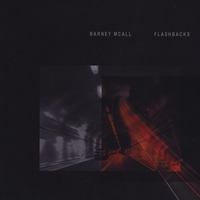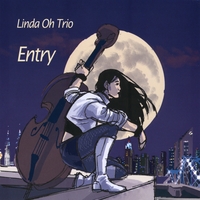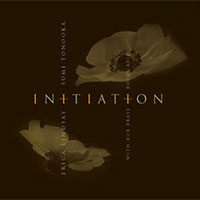I remember posing the question in a BET Jazz interview to the late conguero and bandleader Ray Barretto about exactly what is meant by Latin Jazz and getting an earful, including what is NOT Latin Jazz. More recently I received a bit of a manifesto from the potent timbalero and bandleader Bobby Matos on the subject, which had been published in the LA Jazz Scene periodical. The SoCal-based leader of Bobby Matos & his Afro Latin Jazz Ensemble agreed to respond to a few questions on the subject.

Bobby Matos
What motivated you to write a sketch of Latin Jazz History?
I was concerned at the lack of radio play that Latin Jazz artists receive on so-called mainstream Jazz programs and I was talking with some of my associates about this. They replied that this was because most "jazz" radio and media people do not know the history of this music. And the only way to change the conception of Latin Jazz as being a foreign music was to educate them. As I am not teaching in a mainstream institution, I felt that writing and publishing this article was one way I could contribute.
The ancestor NEA Jazz Master Ray Barretto often spoke very authoritatively of the difference between what he referred to as "Jazz Latin" and what he felt was the truest "Latin Jazz". Do you see an obvious line of demarcation as to what is essentially jazz employing "Latin" or Afri-Caribbean characteristics, instruments and devices, and died-in-the-wool, "authentic" Latin Jazz?
I guess that line is constantly shifting and moving. Sometimes an artist may want to explore different blends of sounds that may be very different from each other. I see the whole idea of what is Latin Jazz as something that is constantly growing and developing. Jerry Gonzalez and the Fort Apache Band had a lot to do with showing that there could be new ways to play Latin jazz. Ray Barretto, Papo Vazquez, Dafnis Prieto, Yosvanny Terry, John Santos, Paoli Mejias, and many others have taken this idea and developed their own expressions of Latin jazz. I don’t think that there is a formula to determine what Latin jazz is, and that’s a good thing.
As someone based on the west coast, do you hear differences in how Latin Jazz or Afro-Caribbean jazz is approached east of the Mississippi versus west of the Mississippi (ala the suggested east coast vs. west coast approaches to jazz)?
I don’t think that there is as much of a difference as there was in the fifties between west coast and east coast jazz. Today, many former east coasters have moved west and vice versa. There used to be a definite NY sound in Latin Jazz (like Mongo, Sabu’s Jazz Espagnole, Tito Puente) and west coast (California) Latin Jazz (Cal Tjader, Bobby Montez, Eddie Cano), but I think those differences are not so obvious any more.
Most artists are influenced by good music that comes from everywhere. Many Latin Jazz artists criss cross the country regularly and pick up a lot of influences. My 7-piece group is based in Los Angeles but 5 of us are originally from New York. Are we a west coast group with a NY vibe, or an east coast group that lives on the west coast? Poncho Sanchez’s group is definitely based on the west coast but has strong NY influences through the legacy of Mongo Santamaria and strong California influences through Cal Tjader’s legacy. I think it would be hard to determine where a group is from by listening to their music. Puerto Rican groups like Batacumbele and Zaperoko have assimilated a lot of the Cuban sound, and musicians are constantly migrating.
If you were to name ten exemplary recordings of Latin Jazz what would they be?
It’s always hard to stick to just 10 but I’ll give it a shot:
1. Sabu Martinez Jazz Espagnole
2. Tito Puente Tambo
3. Mongo Santamaria Explodes At The Village Gate
4. Cal Tjader Lost Ritmos Calientes
5. Machito Kenya
6. Jerry Gonzalez Ya Yo Me Cure
7. Cal Tjader & Eddie Palmieri El Sonido Nuevo
9. Mark Weinstein Cuban Roots
10. Mario Bauza Tanga
And there are many more I want to add but I’ll just mention some artists like Irakere, Mon Rivera, Papo Vasquez, Herbie Mann, Dizzy Gillespie, Paquito D’Rivera, and so many more.
…And don’t sleep on Bobby Matos & his Afro Latin Jazz Ensemble, whose latest release is Gratitude on the LifeForce label. Keep up with Bobby at www.bobbymatosmusic.com.






